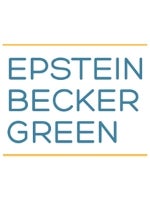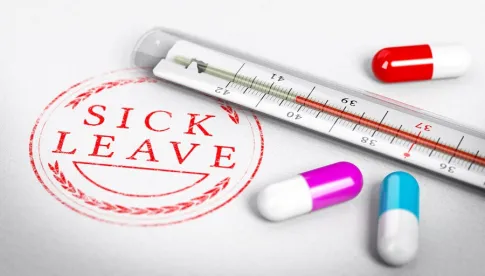Many employers are looking for ways to assist employees directly impacted by COVID-19 and employees on temporary lay-off or furlough who are exhausting their available paid-time-off (PTO). One option employers often ask about is the feasibility of adopting a leave sharing or leave donation program that would permit employees to donate vacation, sick leave or PTO to employees who need the additional time because they have been impacted by COVID-19. Properly structured, leave donated to a co-worker is a viable option, which will not be taxable to the donor but rather taxable to the co-worker when the leave is actually taken.
Employers generally may offer three different types of leave donation programs: (1) a major disaster leave sharing program (2) leave donations for employees on medical leave; and (3) leave donation to an employer-designated public charity or private foundation. Employees on leave for their own COVID-19 medical treatment could be beneficiaries of a medical leave sharing program; if an employee is not on medical leave, however, donating PTO to the employees would require a major disaster leave sharing program.
Major Disaster Leave Sharing. The current IRS guidance on “major disaster leave sharing programs” can be found under IRS Notice 2006-59. Such a program requires that the President declare a major disaster under Section 401(a) of the Stafford Act (or, as to federal employees only, a major disaster or emergency affecting a sufficient number of federal employees).On March 13, 2020, President Trump declared the COVID-19 outbreak to be an “emergency” under Section 501(b) of the Stafford Act. He did not, however, formally declare it a Section 401(a) “disaster,” but merely stated that he would not preclude the possibility that the COVID-19 outbreak would also rise to a Section 401(a) “disaster.” To fully utilize a major disaster leave sharing program, IRS guidance in the form of an announcement, notice or otherwise, would be welcome.
In anticipation that favorable guidance will be forthcoming, an employer may wish to establish a leave sharing program consistent with the other requirements of tax-favored major disaster leave sharing programs. The program must be in writing and state the following:
- Leave is donated for use by other employees who have been “adversely affected by a major disaster,” in that they or their family members have experienced severe hardship that requires the recipient employees to be absent from work.
- The plan does not allow a leave donor to donate leave to a specific leave recipient.
- A leave recipient may receive paid leave (at his or her normal rate of compensation) from donated leave. Each leave recipient must use the donated leave only for purposes related to the major disaster.
- The employer must make a reasonable determination, based on need, as to how much leave each approved leave recipient may receive under the plan.
- Leave donated due to one major disaster may be used only by employees affected by that disaster, with certain de minimis exceptions, and unused leave must be returned to the donors.
If the above requirements are not met, the leave sharing program may still be used, except that the leave donated will be taxable to the leave donor (as well as to the leave recipient when the leave is taken).
Medical Leave Sharing. Employees could also donate leave under a medical leave sharing program, under which employee recipients submit a written application to receive leave under the program after the employee’s own paid leave has been is exhausted. The amount of leave that can be donated is restricted; and rules apply regarding how leave can be donated and granted. As under a major disaster leave sharing program, leave donors are not taxed for their donation and recipients receive leave at their normal rate of pay, which is taxable.
Charitable Leave Donations. Normally, donations to an employer-designated public charity or private foundation are taxable to the donor employee, with the donor employee being able to claim a charitable contribution tax deduction for the donated amount. After Hurricane Harvey, however, IRS guidance provided that if employees contributed leave that the employer then paid to a Code Section 170(c) charitable organization to benefit victims of Hurricane Harvey, the IRS would not treat the cash payments as income to the employees. The guidance also permitted the employer to take a business deduction for the charitable payments. Similar guidance from the IRS in connection with the COVID-19 outbreak would be welcome.




 />i
/>i

